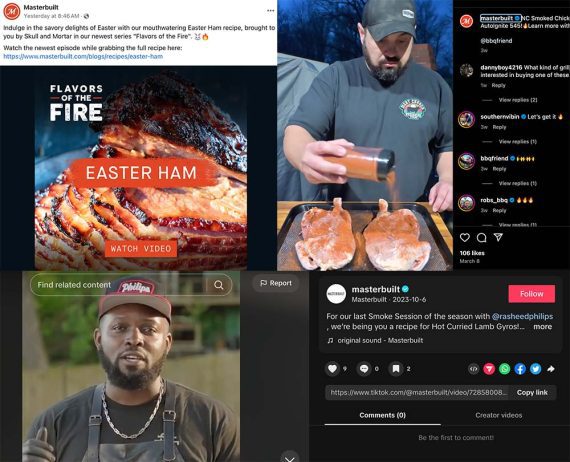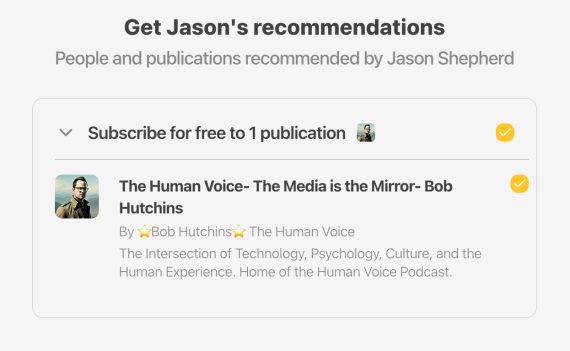A robust email list could be an ecommerce business’s best investment. Depending on the survey, email marketing returns as much as $40 for every $1 invested in 2024. The challenge is acquiring and retaining subscribers.
Fortunately, a simple change in perspective can unlock growth.
Many merchants offer a discount — typically 10 to 15% — to encourage signups but then engage subscribers solely with more deals and offers. The merchants train subscribers to buy only when items are on sale.
What would happen if those merchants — retailers, wholesalers, direct-to-consumer brands — approached email marketing like social media?
Content Marketing
Editorial emails are a content marketing tactic for attracting, engaging, and retaining customers. Including tips, instructions, and advice expands email from promotional to informative, giving prospects new reasons to subscribe, engage, and buy.
The process is similar to social media marketing and goes something like this:
- Create a compelling and product-relevant editorial newsletter.
- Attract subscribers.
- Include products in each newsletter.
- Optimize for sales.
Content
Step one is to create compelling content related to the products your business sells.
Take Masterbuilt as an example. The company’s products are grills and smokers. Its content and social media marketing focus on recipes — the product and the content work together.

Masterbuilt posts recipes on TikTok (shown here) as well as Facebook, Instagram, and X.
Masterbuild would require little additional effort to produce a grilling newsletter. It could bundle several of its recipes into a weekly round-up.
The approach is a proven winner. Consider these five email recipe newsletters and their reported subscriber counts in March 2024.
- Wholesum Yum: 365,000.
- Natasha’s Kitchen: 350,000.
- Once Upon a Chef: 320,000.
- The Recipe Critic: 200,000.
- Eating on a Dime: 200,000.
Subscribers
The next step is to attract subscribers. Social media algorithms show posts to like-minded users who might follow your business.
But many social media marketers also boost those posts via advertising. Something similar exists for editorial newsletters. Let’s consider four subscriber growth drivers.
Organic recommendations. Substack, which blends editorial newsletters with social media features, was among the first to offer organic recommendations. When someone subscribes to an editorial newsletter, the platform suggests others.
For example, “The Real Heroes of Ecommerce” is a newsletter on Substack from marketer Jason Shepherd. Subscribing to that newsletter produces Shepard’s recommendation of “The Human Voice.”

The author of “The Real Heroes of Ecommerce” recommends “The Human Voice.” Both are on Substack.
Paid recommendations. Newsletter publishers can acquire subscribers for about $3 each via Sparkloop, ReferralHero, and others. Recommendations are available only for editorial newsletters, not marketing.
Paid growth. Several newsletter growth businesses have emerged. These agencies — Email Crush, Paperboy Studios, GrowthLetter — place ads in various channels to attract subscribers.
Blog and forms. Let’s not forget your company’s blog and web forms. Double down on promoting newsletters.
Include Products
An editorial email must be worth reading. Don’t skimp on this part. And don’t forget to include products, as follows.
Treat products like sponsors. Editorial newsletters frequently have sponsors. No rule prevents a sponsor from being a company’s own offerings.
Make it a recommendation. Many editorial newsletters recommend products after the main content. Think of these as text ads for your products.
Treat them as editorial. Masterbuilt could publish a weekly editorial newsletter featuring three recipes, an interview with a barbeque pro, and a tip for using the company’s “Autoignite” system. This mention could push a subscriber to place an order.
In each example, set up tracking to attribute sales.
Optimize for Sales
The last step is to optimize the editorial newsletter to produce the most revenue.
- Measure the newsletter’s sales performance.
- Segment subscribers to the products they are likely to purchase.
- Monitor subscriber sources. Focus on folks who subscribed via an organic recommendation if they produce the most sales.




